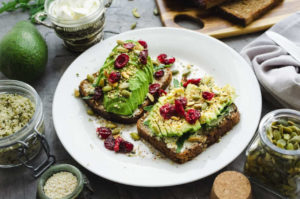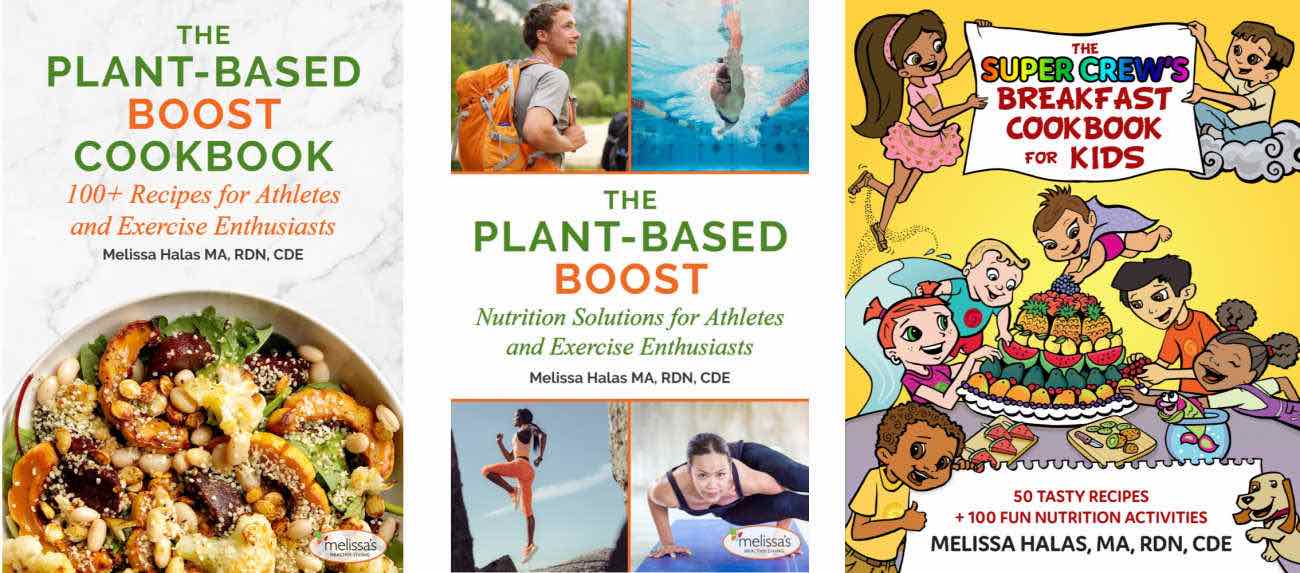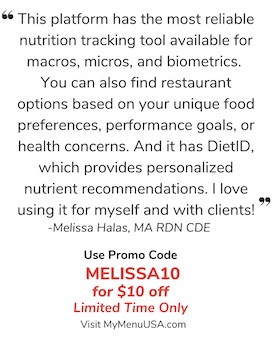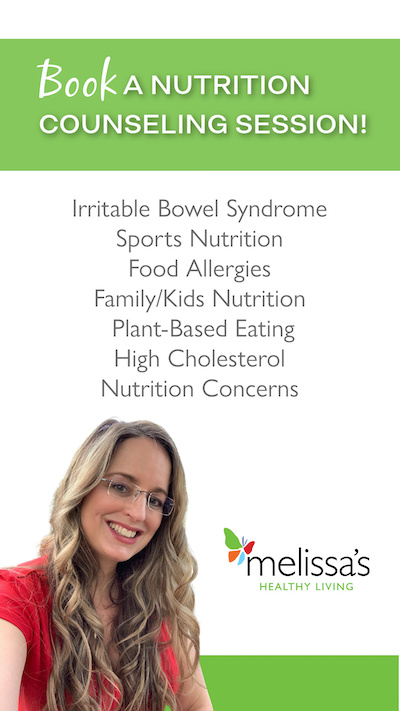
Plant compounds protect your cells from damage, give your skin that healthy glow, and so much more! Discover what they can do for you!
Plants’ amazing colors give us a sneak peek into how exactly they benefit our bodies. Each plant compound protects your cells from damage through its color, which offers a unique combination of nutrients, antioxidants, and chemical compounds called phytonutrients. In fact, it is the phytonutrients in foods that give plants their vibrant colors.
Benefits of phytonutrients
- First, phytonutrients fix and prevent cell damage. They do this by lowering oxidative stress – a body process associated with obesity and other chronic or degenerative diseases such as heart disease, macular degeneration, and Alzheimer’s. In the same way, these plant compounds interact with and protect our DNA.
- Second, phytonutrients are disease-fighting powerhouses. They fight cancer by blocking or trapping cells that initiate the cancer growth process, or by speeding up the breakdown of these dangerous cells. (1) Evidence suggests that people who consume a pound of fruits and vegetables daily have significantly lower risks of lung, esophageal, and stomach cancers. (2)
- Third, phytonutrients give meaning to the phrase, ‘you are what you eat.’ They can actually become a part of our skin, improving appearance from the bottom up. When we eat plants like carrots, phytonutrients such as carotenoids (orange) accumulate in the bottom layers of our skin, eventually making their way to the surface. This process can take up to six weeks, but research indicates that all ethnicities and skin colors experience the benefits.
Anti-inflammatory plant-food properties
Want to decrease inflammation and lower the risk of disease? Plants contain fiber that can help you do just that by lowering c-reactive protein, an inflammatory marker in your blood. (3) Want to reduce the amount of saturated fat and processed foods in your diet? Plant-based foods are naturally low in saturated fat (excluding palm or coconut) and can be more satiating than processed foods. Want to lose weight and live longer? Eating a diet rich in plant-based foods such as whole grains, beans, lentils, nuts, seeds, herbs, and spices, may help with weight management and increase longevity.
In case you need even more reasons to boost your intake of phytonutrient-packed plants, consider this. Researchers estimate that lack of fruit and vegetables in the diet hastens the death of an estimated 2.6 million people worldwide per year. (4) Remember, you don’t need to be vegan to get plant-based benefits; you just need to increase plant-based foods in your diet.
Steps to boost plant compounds, phytonutrients!
- Eat all the colors. Aim for 4-5 different colors of plant-based foods each day. For example, orange helps with heart health, immunity, and lowers risk of some cancers while green promotes vision health. Some colors (phytonutrients) play multiple roles in your body. The blue in blueberries can help lower cholesterol, protect visual acuity, and filter out UV rays!
- Boost your flavors. Don’t forget that phytonutrients can be found in herbs and spices such as garlic, cinnamon, basil, turmeric, etc.
- Begin with the best. Always start lunch and dinner by eating a vegetable you enjoy! And don’t forget, veggies can be tasty additions to breakfast too – think veggie frittatas or smoothie with baby spinach!
- Replace fake with fabulous. Sub out a processed food like bagged chips for something whole and tasty like baked beets, kale chips, or sweet potato baked fries.
- Drink up! Feeling hungry? Make sure you’re not just thirsty and go for a cup of green, ginger, or turmeric tea – they’re loaded with antioxidants!
- Try something new! Add red cabbage to your veggie slaws. There are 36 types of anthocyanins (a type of phytonutrient) in red cabbage alone. Although they’re not all bioavailable, the ones we utilize can help with memory, lower heart disease, and more! Plus, cabbage is a cruciferous veggie known to lower cancer risks.
- Save those veggie scraps. Learn how to get more antioxidant power by saving your veggie scraps to make homemade broth for soups.
- Make more meatless choices. Start with Meatless Mondays and add more days from there. Doing so will give you more room for all whole plant-based foods, not just meatless burgers!
- Try new tasty plant-based foods! Check out my books on plant-based eating for adults and kids on my product page!

References:
- Linnewiel-Hermoni K, Khanin M, Danilenko M, et al. The anti-cancer effects of carotenoids and other phytonutrients resides in their combined activity. Archives of Biochemistry and Biophysics. 2015;572(2015):28-35.
- Aune D, Giovannucci E, Boffetta P, et al. Fruit and vegetable intake and the risk of cardiovascular disease, total cancer, and all-cause mortality—a systematic review and dose-response meta-analysis of prospective studies. International Journal of Epidemiology. 2017(2017):1029-1056.
- Ma Y, Griffith JA, Chasan-Taber L, et al. Association between dietary fiber and serum C-reactive protein. American Journal of Clinical Nutrition. 2006;2006(83):760-766.
- Afshin A, Sur PJ, Fay KA, et al. Health effects of dietary risks in 195 countries, 1990–2017: a systematic analysis for the Global Burden of Disease Study 2017. Lancet. 2019;2019(393):1958-1972.



